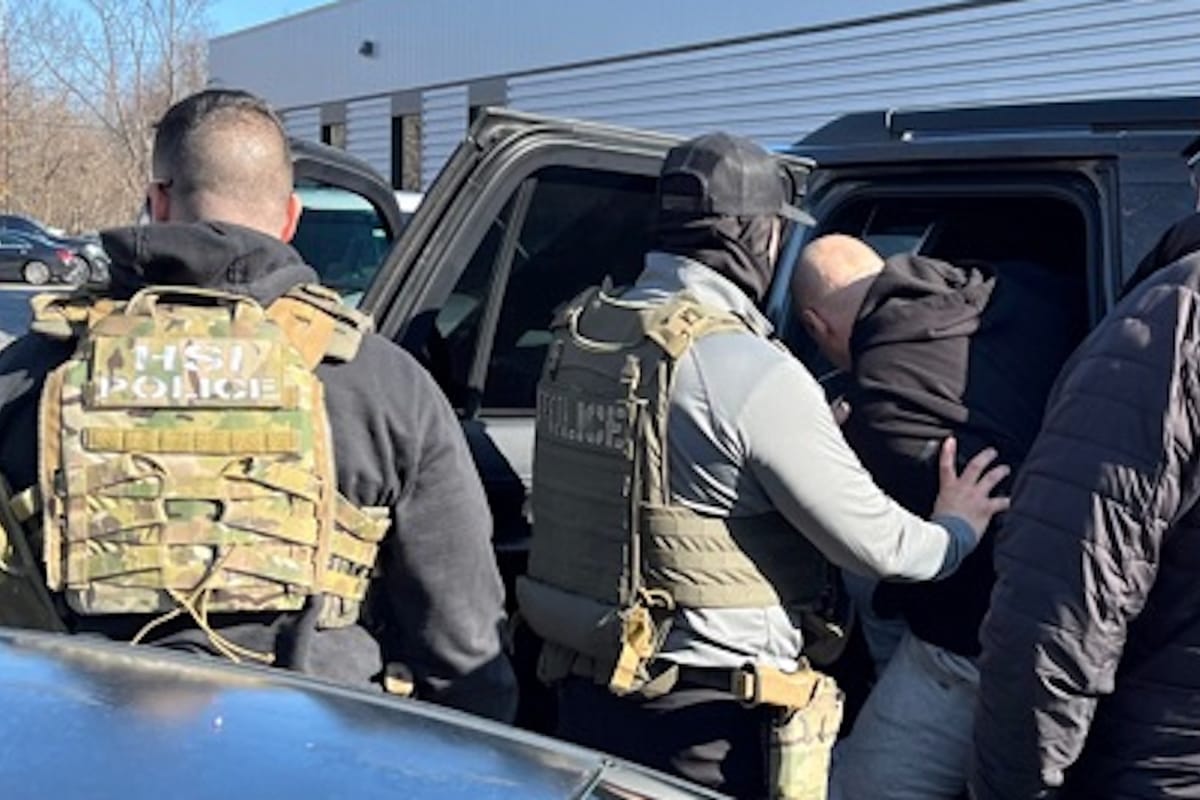

Massive Operation Targets Criminal Aliens
In a sweeping five-day operation in Boston, U.S. Border Czar Thomas Homan led a coalition of federal agencies, including ICE, FBI, ATF, DEA, U.S. Marshals, and DSS, to arrest 370 illegal aliens. The majority of those apprehended were significant criminals, including four foreign fugitives wanted for murder, alongside drug traffickers and predators. Homan’s mission, sparked by reports of illegal alien child rapists roaming free in Massachusetts, aimed to address the dangers posed by sanctuary policies that hinder cooperation with federal immigration enforcement. 'These officers made neighborhoods much safer,' Homan stated, emphasizing the risks they took by conducting arrests on the streets rather than in jails.
Sanctuary Policies Under Fire
Boston and Massachusetts have long embraced sanctuary policies, limiting local law enforcement’s cooperation with ICE. Under the city’s Trust Act, police only honor ICE detainers in criminal matters, a stance that has drawn sharp criticism. In a 10-week period, local agencies released hundreds of criminal aliens. Homan called out Mayor Michelle Wu and Governor Maura Healey for supporting policies that release public safety threats back into communities, accusing them of prioritizing ideology over security. 'They should be ashamed,' he declared, pointing to the real-world consequences of their decisions.
Federal Push Aligns with Trump’s Vision
The Boston operation reflects President Donald Trump’s 'all of government effort' to deport the most dangerous illegal aliens first, a strategy gaining traction nationwide. This approach mirrors legislative efforts like the Laken Riley Act, which mandates detention of criminal aliens following the murder of a Georgia student by an illegal immigrant. Federal agencies are increasingly targeting sanctuary cities like Boston, Chicago, and Denver, where local policies have been blamed for shielding dangerous individuals. In Lawrence, Massachusetts, similar policies have protected drug traffickers, fueling the opioid crisis and prompting past rebukes from federal officials.
Local Leadership Faces Broader Scrutiny
Boston’s political landscape adds another layer of complexity to the debate. Recent corruption charges against City Councilor Tania Fernandes Anderson, indicted for a kickback scheme, have eroded public trust in local governance. This scandal, combined with Mayor Wu’s defense of sanctuary policies, paints a troubling picture of a city struggling to balance progressive ideals with public safety. Critics argue that such policies not only endanger residents but also strain federal-local relations, forcing ICE to conduct riskier street arrests rather than coordinating with jails for safer handovers.
Systemic Challenges in Immigration Enforcement
ICE’s Boston field office has long faced hurdles due to sanctuary policies, with only 48 percent of deportable criminal aliens apprehended because of limited local cooperation. This systemic issue has led to preventable crimes, as seen in cases where released individuals went on to commit serious offenses. Homan’s operation sought to bridge this gap, but the underlying tension between federal and local priorities remains unresolved. The operation’s success in removing violent offenders underscores the need for a unified approach, yet sanctuary cities continue to resist, citing community trust as their primary concern.
A Call for Accountability
The arrests in Boston highlight a broader national debate over immigration enforcement and public safety. While federal efforts under Trump’s leadership are making strides in removing dangerous individuals, the resistance from sanctuary jurisdictions poses ongoing challenges. Homan’s operation is a step toward reclaiming control, but the fight is far from over. As communities grapple with the fallout of these policies, the pressure mounts on local leaders to prioritize the safety of their residents over political posturing, ensuring that dangerous criminals are not given free rein to harm again.
Dues are $12 per year. Member benefits:
✅ Ad-Free Website Viewing
✅ Advocacy for Republican Seniors
✅ 120+ Senior Discounts
✅ Member Only Newsletters